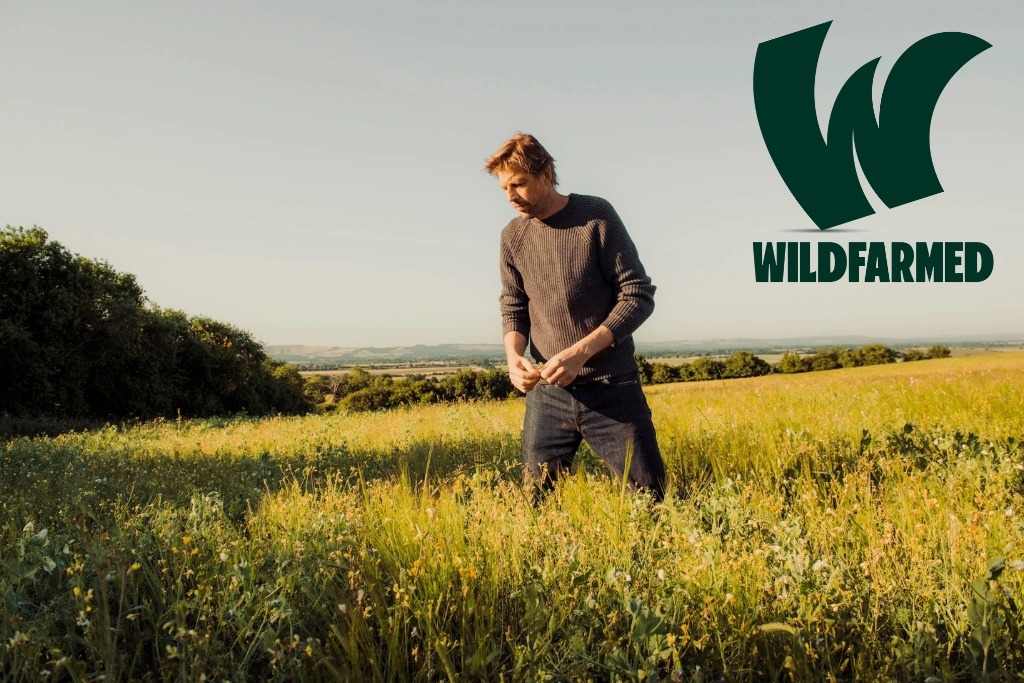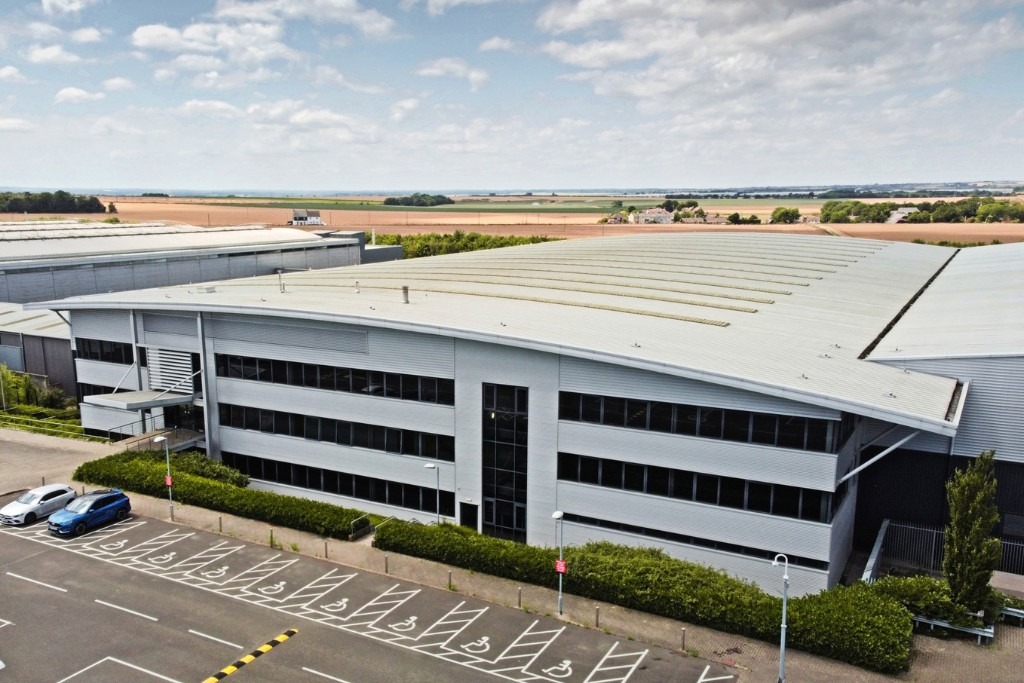- General
- Trends
Regenerative Farming in the UK: Healthy Soil, Wildlife, and Water

Regenerative Farming in the UK: A Sustainable Path to Healthy Soil, Wildlife, and Water Quality
Introduction
Sustainable sourcing is a rising priority for retailers and wholesalers, and regenerative farming is emerging as a compelling solution. Over 70% of the UK’s land is agricultural, yet it faces serious challenges: degraded soils, biodiversity loss, and water pollution. Britain is one of the most nature-depleted countries globally, with one in six species at risk of extinction and wildlife populations down 19% since 1970.
Regenerative agriculture offers a path forward—working with nature to rebuild soil health, restore ecosystems, and improve water quality. The movement is growing among UK farmers and gaining support from major food businesses and retailers. This blog explores what regenerative farming entails, its environmental benefits, and how companies like Wildfarmed are showing it can be both sustainable and profitable.
What is Regenerative Farming?
Regenerative farming is an approach that restores and enhances farm ecosystems instead of depleting them. Unlike conventional farming, which often involves intensive tillage and chemical inputs, regenerative practices aim to:
- Improve soil health
- Increase biodiversity
- Reduce reliance on synthetic pesticides and fertilisers
- Protect water resources
Core techniques include minimal tillage, cover cropping, crop rotation, integrating livestock, and boosting plant diversity. These practices create healthy, living soils that are resilient to drought, flooding, and erosion.
In the UK, regenerative farming is a farmer-led movement, driven by the need to reverse decades of degradation. Though it overlaps with organic and sustainable farming, regenerative agriculture is broader, focused on rebuilding natural systems. As Wildfarmed describes it, regenerative agriculture “puts soil health first,” creating ecosystems where crops, insects, and wildlife thrive together.
Soil Health: The Foundation of Regenerative Farming
Healthy soil is vital to agriculture and environmental sustainability. Unfortunately, many UK soils have been degraded by decades of intensive farming. Regenerative methods help reverse this damage through:
1. Increased Organic Matter and Fertility
Practices like cover cropping and reduced tillage build soil organic matter, leading to more nutrient-rich, biologically active soil. Over time, this reduces the need for synthetic fertilisers and can increase yields.
2. Water Retention and Erosion Control
Improved soil structure enhances water infiltration and reduces surface runoff. This combats both flooding and drought – major issues in the UK. Wildfarmed’s focus on year-round soil cover helps protect valuable topsoil from erosion.
3. Enhanced Soil Life
A vibrant soil food web of earthworms, fungi, and microbes supports natural nutrient cycling. This biological activity makes soil more self-sustaining, boosting productivity and resilience.
These benefits are long-lasting. Healthier soils can also store more carbon, helping to combat climate change – a compelling reason for retailers and suppliers to support regenerative systems.
Boosting Insects and Pollinators
Insects are essential to agriculture, performing roles in pollination, pest control, and decomposition. Yet in the UK, pollinators have declined by 18% and predatory insects like ladybirds by 34% since the 1970s.
Regenerative farming helps reverse these losses through:
- Diverse Habitats: Cover crops, hedgerows, and wildflower margins provide year-round habitat and food. For example, the RSPB’s Hope Farm showed how wildflower strips and reduced hedge cutting significantly increased insect populations.
- Pesticide Reduction: Regenerative farms avoid synthetic chemicals and rely on natural pest control via insect diversity. More ladybirds, lacewings, and parasitic wasps keep pests in check.
- Improved Pollination: With more bees and hoverflies, crop yields improve—pollinators contribute an estimated £603 million annually to UK agriculture.
A University of Bristol study comparing Wildfarmed fields to conventional farms found insect biomass increased by 80%, with nearly four times more bees. These rapid gains prove regenerative farming benefits nature and food production.
Restoring Wildlife and Biodiversity
Beyond insects, regenerative farming supports a broader range of wildlife. Since the 1970s, the UK’s Farmland Bird Index has dropped over 60%, and more than a quarter of UK mammal species face extinction.
Regenerative farming helps by:
- Creating Habitats: Restoring hedgerows, ponds, and meadows weaves natural habitats back into the landscape. Even dedicating 10% of farmland to biodiversity boosts wildlife.
- Wildlife-Friendly Practices: Delayed mowing, over-wintering cover crops, and no-till farming support birds, mammals, and pollinators.
- Biodiversity Rebound: At Hope Farm, regenerative methods led to a tripling of breeding birds and a 1,326% increase in over-wintering bird numbers.
These practices build interconnected ecosystems where birds, bats, and predatory insects contribute to pest control and pollination, strengthening the farm’s overall resilience.
For retailers, sourcing from farms that support biodiversity tells a compelling story and aligns with the UK’s legally binding target to halt species decline by 2030.
Water Quality and Climate Resilience
Regenerative farming improves water quality and helps farms adapt to climate extremes. Agriculture is a major source of water pollution in the UK, and conventional practices often worsen flooding and drought.
Regenerative farming improves water outcomes by:
- Reducing Pollution: Cutting fertilisers and pesticides means fewer pollutants in rivers and streams. Cover crops and buffer strips help filter runoff.
- Improving Water Infiltration: Healthy soil holds water better, reducing both flash floods during storms and crop stress during dry spells.
- Preventing Erosion: No-till methods and year-round soil cover prevent sediment from washing into waterways, protecting aquatic ecosystems.
Some UK water companies now pay farmers to adopt regenerative practices, recognising the benefits for water quality. Retailers can also track and promote water outcomes through regenerative supply chains, reinforcing sustainability commitments.
Case Study: Wildfarmed
Wildfarmed is a pioneering regenerative food company in the UK, co-founded by farmer and musician Andy Cato. Its mission is to fix broken food systems, starting with better farming.
What Wildfarmed Does:
- Rigorous Standards: Wildfarmed has the UK’s first audited regenerative arable protocol. Farmers must prioritise soil health, biodiversity, and chemical-free practices.
- Nature-First Farming: Techniques include cover crops, intercropping, legume integration, and no pesticides or herbicides. Wildfarmed’s motto—“ditch the ’cides”—captures their ethos.
- Diverse Fields: A wheat field may also host wildflowers, clover, and beans, creating mini-ecosystems that support soil life and wildlife.
Building a Regenerative Supply Chain
Wildfarmed connects over 150 farmers with more than 1,000 customers—from artisan bakers to major brands. Its regenerative wheat is fully traceable from field to flour, now sold in Waitrose, Tesco, Marks & Spencer, and even used by restaurant chains like Nando’s.
With bright green packaging and a disco ball logo, Wildfarmed products are breaking into the mainstream. Their success shows that regenerative products can be profitable, traceable, and consumer-friendly.
Farmers are paid fair premiums, making regenerative farming financially viable. Co-founder Edd Lees describes it as a “field to plate collaboration” where buyers actively support soil regeneration.
Proven Environmental Impact
The University of Bristol partnership revealed:
- 80% increase in insect biomass
- 3.7x more bees
- Improved soil structure and reduced erosion
These results show measurable benefits for soil, biodiversity, and water. Wildfarmed’s belief is simple: if you can measure nature’s recovery, you can reward it economically.
A Thriving Community
Wildfarmed farmers share knowledge via group chats, field days, and mentorship. This peer-led learning helps new growers transition to regenerative systems with less risk and more support. It’s not just a business – it’s a movement built on shared values and community.
Conclusion: A New Standard for Sustainable Sourcing
Regenerative farming is a powerful solution to environmental and agricultural challenges. It builds healthy soils, supports biodiversity, improves water quality, and increases climate resilience.
For retailers and wholesalers, investing in regenerative supply chains aligns with both ethical values and commercial goals. Sourcing regenerative products:
- Strengthens brand sustainability credentials
- Meets consumer demand for ethical, eco-friendly food
- Future-proofs supply chains against climate and regulatory risks
Initiatives like Wildfarmed show that regenerative farming can scale, deliver measurable benefits, and remain profitable. With major supermarkets backing the transition, now is the time to act.
In embracing regenerative farming, the UK food sector can become a force for environmental recovery. It’s not just about sustainability—it’s about regeneration. And the results are already growing in fields across the country.



